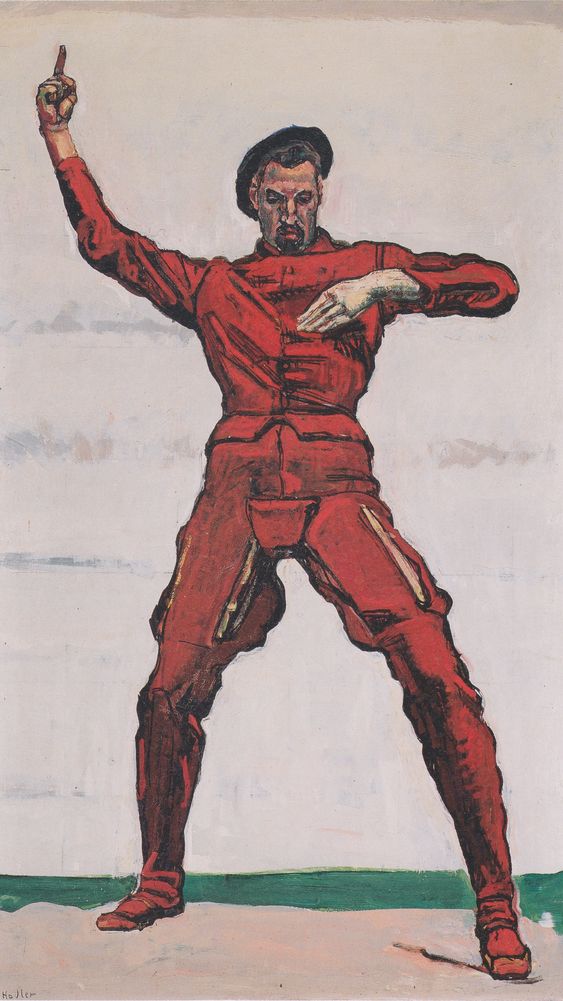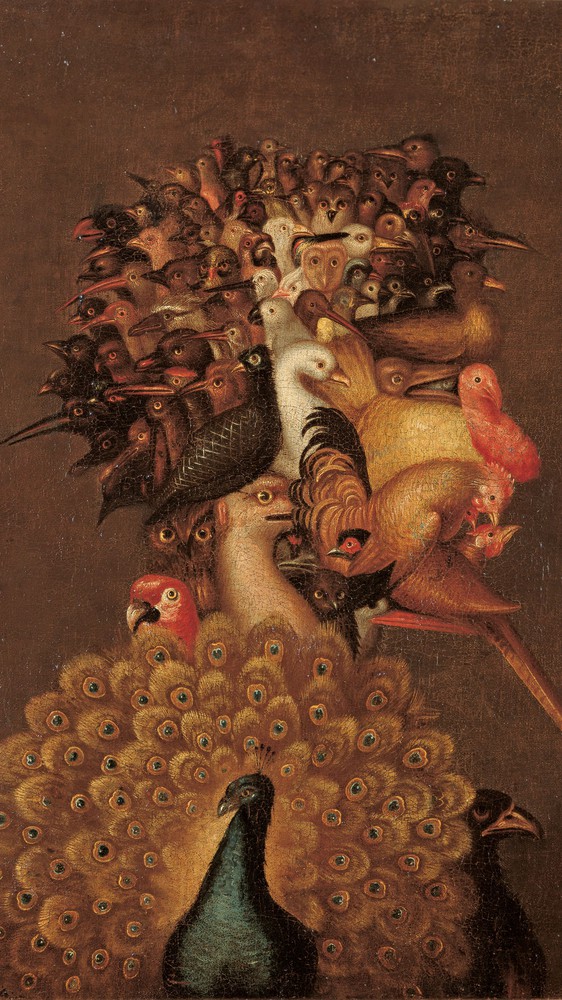
The Last Day of Pompeii
Karl Briullov, c. 1830–1833In the first half of the 19th century, Karl Briullov helped establish a transition from Neoclassicism to Romanticism in the Russian art world. Briullov finished art school in Russia as a rebellious student who disliked strict adherence to the neoclassical style that prized the work of classic Greek and Roman sculptures and emulated it with simplified, pared down, stiff compositions and figures. After graduating, he moved to Rome where he felt he had the freedom to embrace the more wild, emotional, energetic, and ornate Romantic style that was gaining popularity in France. Briullov’s most significant work, The Last Day of Pompeii (1830–33) is a brilliant embodiment of this transition. Neoclassicism gained popularity in Europe with the rediscovery and unearthing of Pompeii in the mid 18th century, so to transgress against the style, Briullov painted the literal description of the city in the style that he believed should replace Neoclassicism. The painting established Briullov as the first Russian artist to gain significant international acclaim. Sadly, his attempts at Romantic painting after The Last Day of Pompeii were not popular or critically acclaimed and Briullov returned to Russia where he painted portraits of Russian elites. These later works are less overtly Romantic and instead function as fluid between the two genres.
Related works

The Librarian

The Demagogue

The Escape, The Ford

The Crucifixion

The Virgin of the Rosary

The Orator

The Newlywed

The Air

The Entombment
